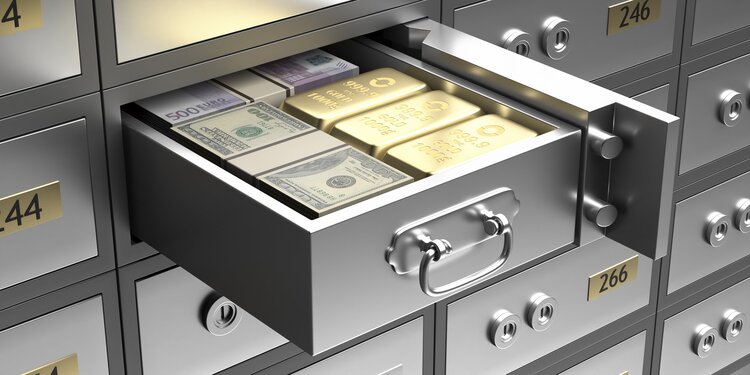Gold is currently in a holding pattern amid investor uncertainty over when the US Federal Reserve (Fed) will cut interest rates. Although inflation has been falling, Fed officials are hesitant to commit to rate cuts until more data shows a sustained decrease in inflation. Gold is highly sensitive to interest rates as it is a non-interest-paying asset, thus tends to benefit from lower interest rates, making it more attractive to investors. Despite reaching an all-time high of $2,450 on May 20, Gold has been consolidating within a range and struggling to break out.
Uncertainties in the market have kept Gold in a sideways consolidation as traders await more clarity from the Fed regarding its policy intentions. While recent inflation data showed a decrease, Fed officials remain cautious about committing to interest rate cuts. Market-based bets are pointing towards a possible rate cut in September. Although there have been hints about cooling inflation, Fed officials have highlighted the need for more evidence before making a decision.
Gold is considered to be in a win-win situation according to Naeem Aslam, Chief Investment Officer at Zaye Capital Markets. Whether the Fed decides to cut rates or maintain high rates, Gold is expected to appreciate. Aslam believes that if the Fed signals a rate cut, there could be upward movement in Gold prices due to weakness in the dollar index. Conversely, maintaining high interest rates could also be positive for Gold in the long run as it may increase demand for Gold as a safe haven asset.
Technical analysis shows that Gold recently consolidated above a broken trendline, which invalidated a bearish Head and Shoulders topping pattern that had been forming. While a more complex pattern could still indicate a possible bearish trend, the probabilities are lower following the trendline break. Gold could potentially reach the $2,369 level if it breaks above $2,340, with further targets at $2,388 and higher. On the other hand, a reversal lower may occur if the topping pattern’s neckline at $2,279 is broken with targets at $2,171 and $2,105.
Central banks are the largest holders of Gold as they aim to support their currencies during turbulent times by diversifying their reserves. Recent data from the World Gold Council shows that central banks added a significant amount of Gold to their reserves in 2022, the highest yearly purchase on record. Gold is widely seen as a safe-haven asset and a hedge against inflation and depreciating currencies. It has an inverse correlation with the US Dollar and US Treasuries, making it a popular choice for diversification during market uncertainties.
Various factors such as geopolitical instability, fears of a deep recession, and changes in interest rates can impact the price of Gold. The precious metal tends to rise during times of economic uncertainty and lower interest rates, while a strong US Dollar can suppress Gold prices. Overall, Gold remains a valuable asset for investors seeking a safe haven during turbulent times, with central banks playing a key role in Gold purchases to support their currency and economy.











